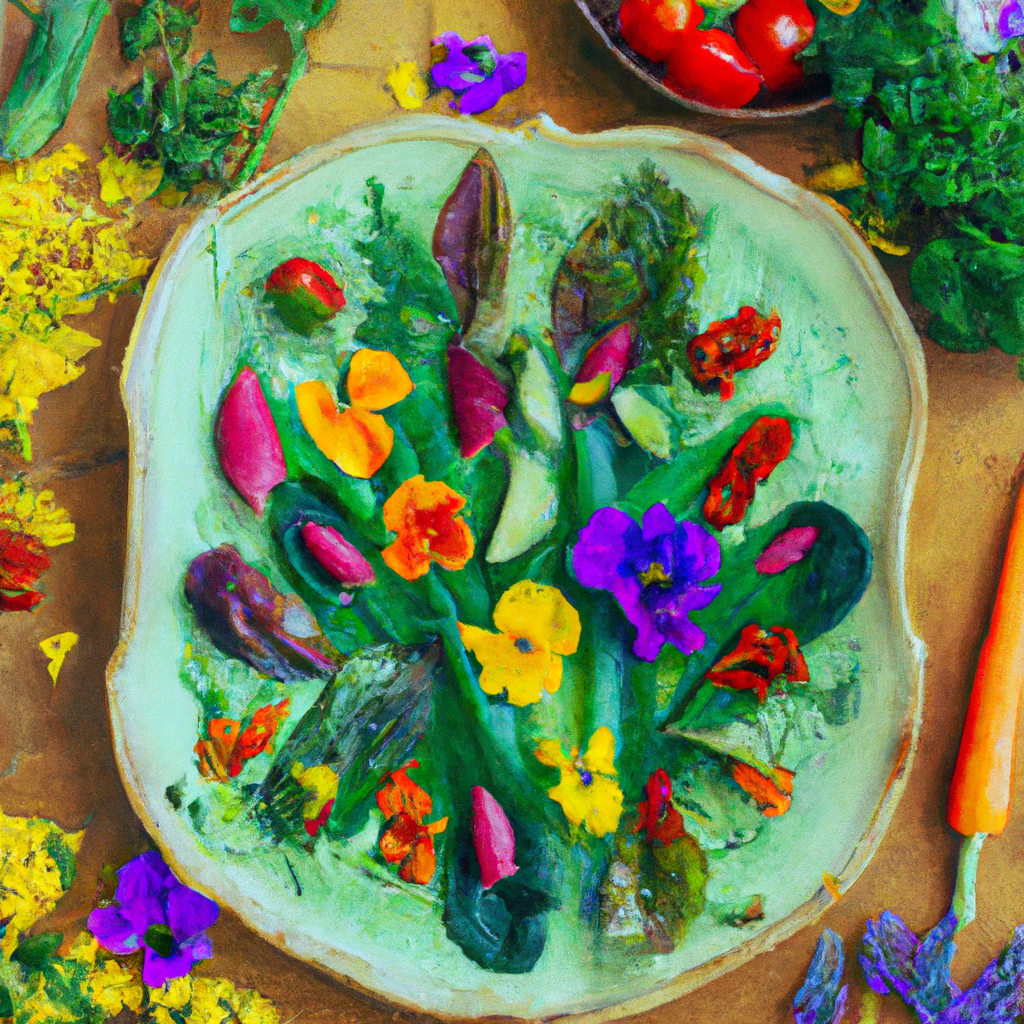
Dreaming of creating a lush and vibrant garden that thrives under your care? The secret to successful gardening lies in selecting the right plants that are best suited for your climate. Whether you are a seasoned gardener or a beginner with a green thumb, understanding the climate in which you live is key to creating a beautiful and sustainable garden sanctuary right at your doorstep.
When it comes to choosing plants for your garden, considering your climate is essential. Different plants have varying temperature, moisture, and sunlight requirements, and selecting plants that are adapted to your specific climate zone can make all the difference in your gardening success. But fear not, with a little guidance, you can easily navigate the world of plant selection and create a flourishing garden that reflects the beauty of your local environment.
First and foremost, familiarize yourself with your climate zone. The United States Department of Agriculture (USDA) offers a handy Plant Hardiness Zone Map that divides North America into 11 separate zones based on average annual minimum winter temperatures. By identifying your specific zone, you can narrow down your plant choices to those that are most likely to thrive in your region.
Once you have identified your climate zone, consider the local conditions in your area. Factors such as humidity levels, rainfall patterns, and sunlight exposure can greatly influence the types of plants that will do well in your garden. For example, if you live in a dry and arid climate, drought-tolerant plants like succulents and cacti are excellent choices as they require minimal watering and thrive in hot conditions.
Before heading to the nursery, take the time to assess your garden space. Consider the amount of sunlight your garden receives throughout the day and the type of soil you have. Some plants prefer full sun, while others thrive in partial shade. Similarly, certain plants do well in nutrient-rich soil, while others can tolerate poor soil conditions. By understanding the unique characteristics of your garden space, you can choose plants that are best suited to your specific growing conditions.
When selecting plants for your garden, aim for a mix of native and exotic species. Native plants are well-adapted to the local climate and soil conditions, making them low-maintenance and resilient against pests and diseases. On the other hand, introducing a few exotic plants can add interest and diversity to your garden design. Just be sure to choose exotic plants that are compatible with your climate and can coexist harmoniously with your native plants.
Consider the seasonal changes in your climate when planning your garden. Opt for a mix of plants that bloom at different times of the year to ensure year-round color and interest in your garden. By choosing a variety of plants with staggered blooming periods, you can create a dynamic and ever-changing landscape that delights the senses in every season.
Lastly, don’t be afraid to experiment and have fun with your plant selections. Gardening is a creative and rewarding endeavor that allows you to express your personality and style through living art. Mix and match different plant varieties, colors, and textures to create a garden that reflects your unique taste and brings joy to your everyday life.
In conclusion, selecting the right plants for your climate is a crucial step in creating a thriving and beautiful garden. By understanding your climate zone, assessing your garden space, and choosing a diverse mix of plants, you can cultivate a garden oasis that flourishes under your care. Embrace the beauty of nature and let your garden bloom in harmony with the unique climate of your region. Happy gardening!
